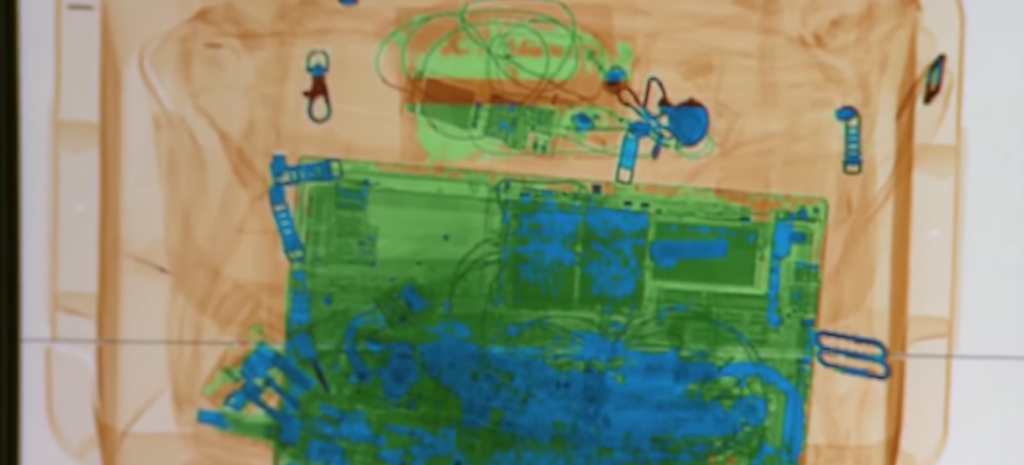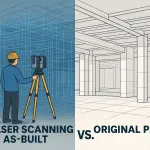East Carolina University Students Among First To Do So
The 3D scanning industry is booming, with 3D scanners being used for everything from 3D printing to virtual reality. 3D laser scanning services are also becoming more popular in law enforcement and criminal justice. Recently, East Carolina University’s Criminal Justice Department invested in this cutting edge technology. They purchased a Trimble X7 3D Laser Scanner that students can use to analyze crime scenes and crash scenes. The purchase makes the students among the first to use 3D laser scanning services in criminal justice education.
3D scanning services represent some complex technological achievements, but the way they work is quite simple. The scanner works by sending thousands of laser dots into the environment, then recording and constructing an accurate replica of what was in front of it.
About the Trimble X7 3D laser scanner
The scanner comprises two parts: one that reads the environment (lasers) and another that records it (computer). The Trimble X-series 3D laser can scan thousands of points per second, allowing it to construct a three-dimensional model of any scene or situation. Law enforcement can then look at this data to recreate crime scenes or analyze crash scenes. Officers and detectives can use 3D laser scanning to help solve complex cases and better understand the evidence at hand. They can also preserve much more data with much more exactitude than they could prior.
3D laser scanning services are a game changer
Before using 3D laser scanners, law enforcement would be forced to rely on measurement photos taken by investigators, but now they have an entirely new way to solve crimes. There are several benefits to using 3D scanning services within the justice field, including speed, accuracy, 3D analysis capabilities, and non-invasive options. 3D scanning services are becoming more popular in law enforcement for these reasons.
East Carolina University’s Criminal Justice department purchased the 3D scanner for training students thanks to several funding sources and donors. As a result, the criminal justice students will receive hands-on experience using the 3D scanners during crime scene investigations or crash scenes with their Forensic Science program this semester. In addition, it makes ECU one of the first universities to teach 3D laser scanning services in criminal justice programs across North America.
Hands-on, experiential learning with 3D scanning services will likely become more common as 3D scanners become more affordable. 3D laser scanners are in demand in 3D printing, virtual reality, 3D animation for film making, and the entertainment industry. In addition, law enforcement is using 3D scanner services more often, and they’re another tool in the arsenal of solving crimes.
Students wishing to graduate in the forensics field will likely see this technology become more commonplace in their jobs over time. Thus, teaching them how to work with 3D scanning services and giving them hands-on training with this future technology will help equip them for their future employment. In addition, students who learn how to use these scanners to solve crimes will also be familiar with using 3D scanning services if they transition to work in other fields in the future.







